The Met Gala, a worldwide display of creativity, has long served as a platform for advancing fashion. Although its themes frequently serve as inspiration for stunning traditional workmanship, more recent research has revealed a more substantive progression. The “robotic spine” that Mona Patel wore to a recent Met Gala is a fascinating example of how wearable technology and kinetic design can go hand-in-hand.

The robotic spine, designed by Lisa Jiang and Timothy A. Boll, is a gear-driven mechanism built into a specially fitting corset to move with the body rather than against it. A piece of futuristic design, resembling the human vertebrae, it shimmered and responded delicately with each stride. This mechanical wonder was ornamental and precisely algorithmic in its design.
In direct homage to McQueen’s famous spinal corset from his Spring/Summer ’98 show, the Met Gala’s robotic spine was created. For Mona Patel, it symbolised a metamorphosis, “vertebra by vertebra, choice by choice.”
Kinetic Design
The robotic spine also embodies architectural principles, rooted in responsive and kinetic design. The dynamic intelligence of kinetic facades, those flexible building skins that bend, twist, and fold themselves in reaction to their environment, was replicated. Kinetic design in architecture symbolises the transition from buildings as immobile containers to living, performing systems. Similar to how the artificial spine reacted to its wearer, demonstrating a synchronisation between technology and the human body.
Architectural Parallels

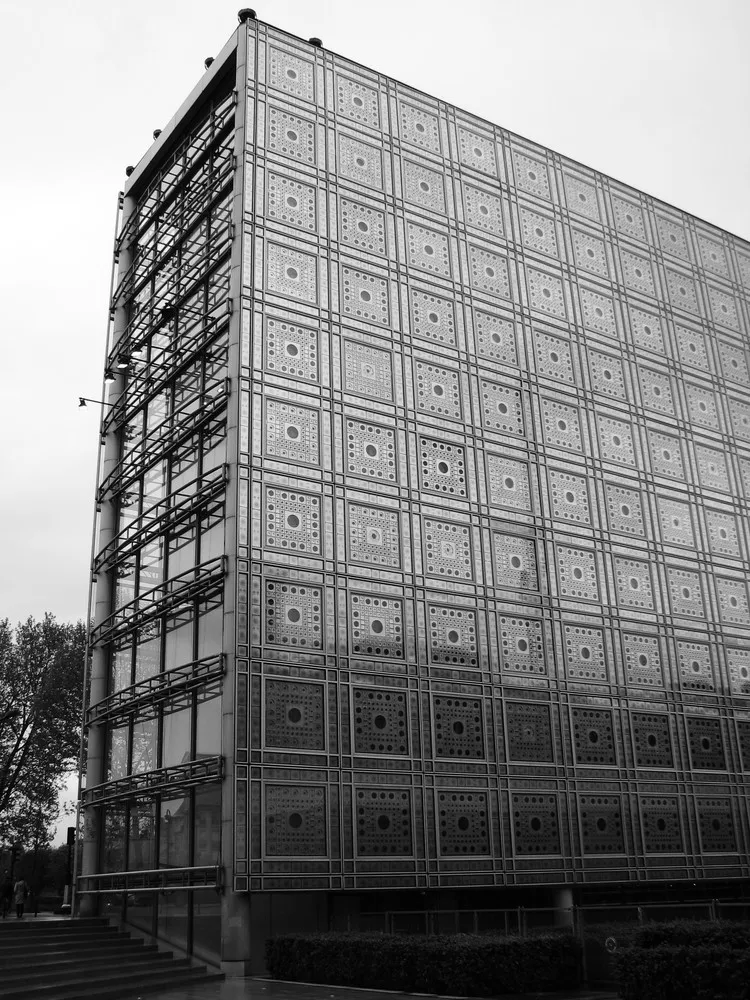
For example, the mashrabiya-inspired facade of Abu Dhabi’s Al Bahr Towers opens and closes in reaction to the sun’s path, reducing solar gain and producing patterned shadows within. Each module is a mechanical origami that is used for environmental intelligence rather than just aesthetics. Or the Jean Nouvel-designed Institut du Monde Arabe in Paris, which has 240 light-sensitive diaphragms that function similarly to camera apertures. The holes filter sunlight in real time as light levels fluctuate, turning the facade into a massive analogue sensor array. These systems are influenced by time, behaviour, and context.
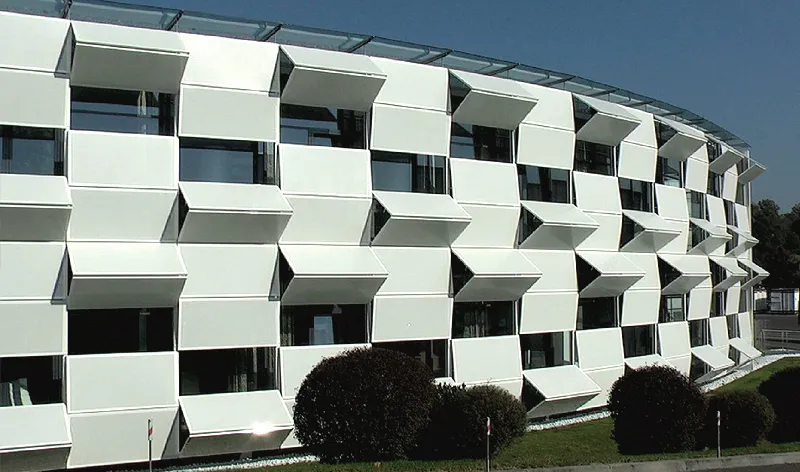

Likewise, the exterior of the Kiefer Technic Showroom in Austria is composed of self-rotating motorised panels that provide shade for the building. In addition to thermal performance, the result is a dynamic architectural texture that makes the building look like an organism. Similarly, bronze tubes that rotate like stage curtains make up kinetic facade for Shanghai’s Bund Finance Centre. Depending on the viewer’s position and the time of day, the facade transforms into a performance in and of itself, presenting constantly shifting forms and shadows.
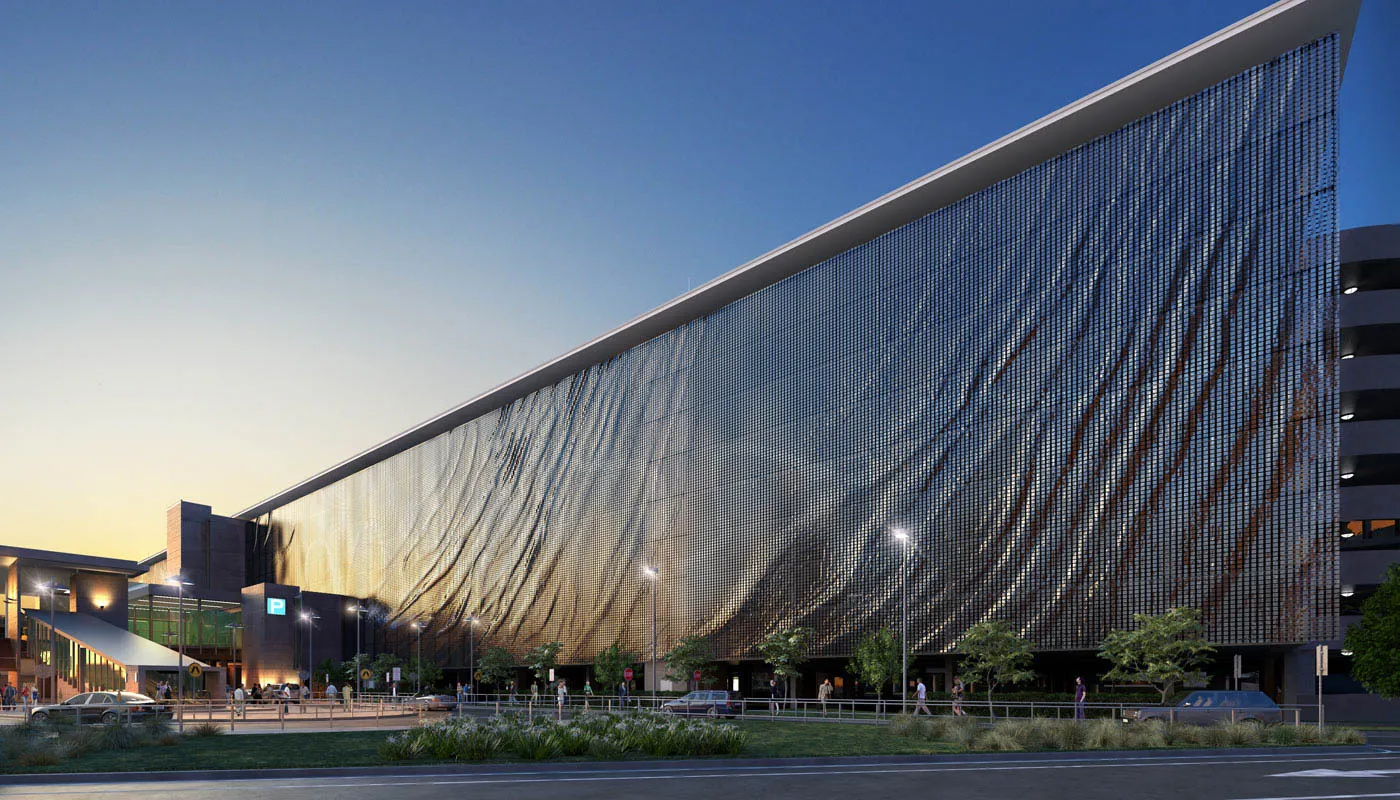
Another stunning illustration of architecture acting as a responsive skin is the kinetic design of UNStudio’s Galleria Centercity in Cheonan, South Korea. The facade uses visual kinetics, a dynamic illusion produced by stacking graphic patterns and holes across a continuous metal skin, as opposed to mechanically powered systems. The surface without any moving pieces is animated when pedestrians travel around the building because of the shifting perspective, which also changes the visual rhythm. The static envelope is transformed into a perceived performance by this optical interplay, which implies movement when none exists. More than just a covering, it is a narrative surface that invites the viewer to participate in a ballet of shifting angles, light, and perception, much like the Met Gala’s robotic spine.
Micro-Architecture of the Body
Now imagine all of this, scaled down to a body rather than a building!
The robotic spine was a multi-layered surface system that was both expressive and responsive, acting as a micro-facade. Every vertebra was symbolic and programmable in addition to being mechanical. The spine flexed when the user walked, reflecting the curves of movement while also conveying a deeper story of identity and growth.
The reasoning is pervasive in both body tech and architecture: design is now conditional rather than fixed. Reactive membranes replace static shells. Function takes the place of ornament. Interaction turns into structure. Motion takes on meaning whether it is incorporated into a corset or a facade.
Met Gala’s robotic spine suggests that the human form is architecture. It also has systems for adaptation, interface, insulation, and construction. When combined with architectural and kinetic intelligence, fashion can transcend aesthetics and become a system that is symbolic and spatial. In the same way that responsive building skin discloses its surroundings while in motion, the robotic spine transforms from an accessory into a biomorphic facade.
A Design Shift
Additionally, these systems represent a fundamental change in design, moving from monumentality to mutability and from permanence to transformation. This philosophy was adopted by the robotic spine, which was designed to adapt rather than endure. It reflected the underlying structure of selfhood and the architecture of transformation, and it was ontological rather than cosmetic.
Kinetic facades in buildings are frequently referred to as breathing architecture. In this context, the spine enabled the user to move and breathe differently, to live as a system undergoing change. The vertebrae acknowledged the unseen scaffolding that sustains us through memory, instinct, and design, marking not only bodily articulation but also emotional load-bearing.










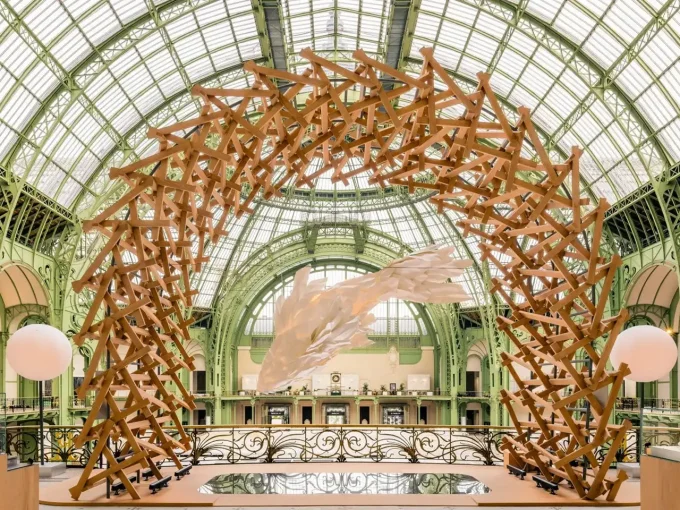

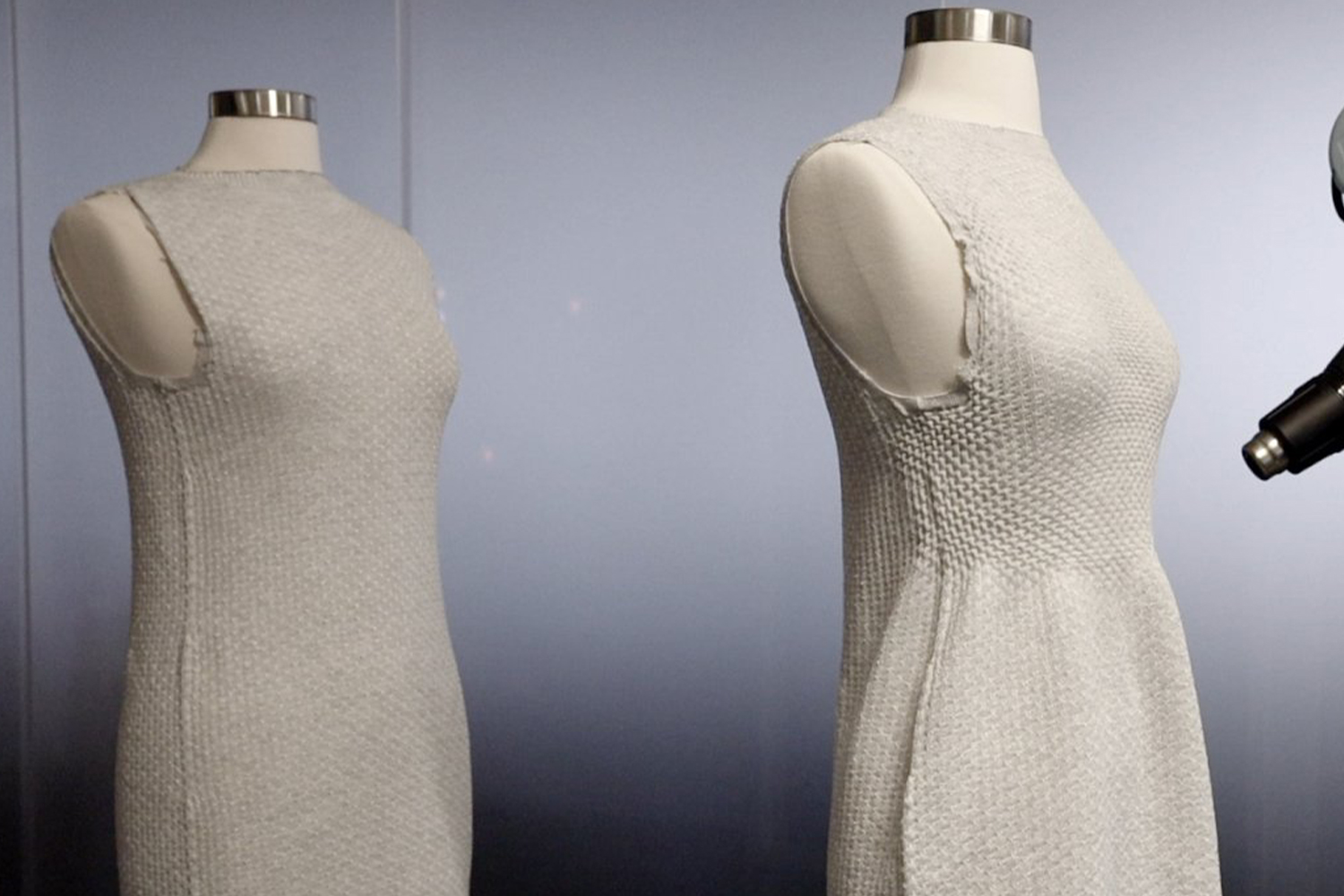
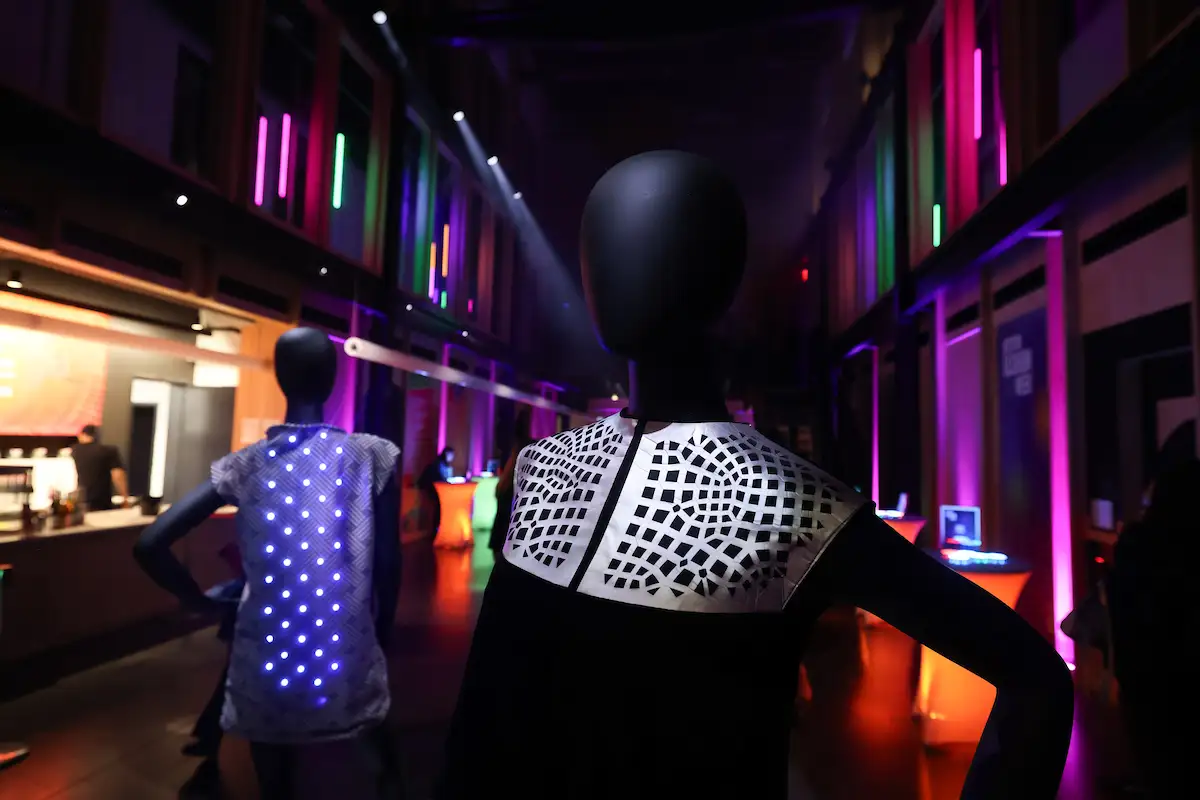




Leave a comment